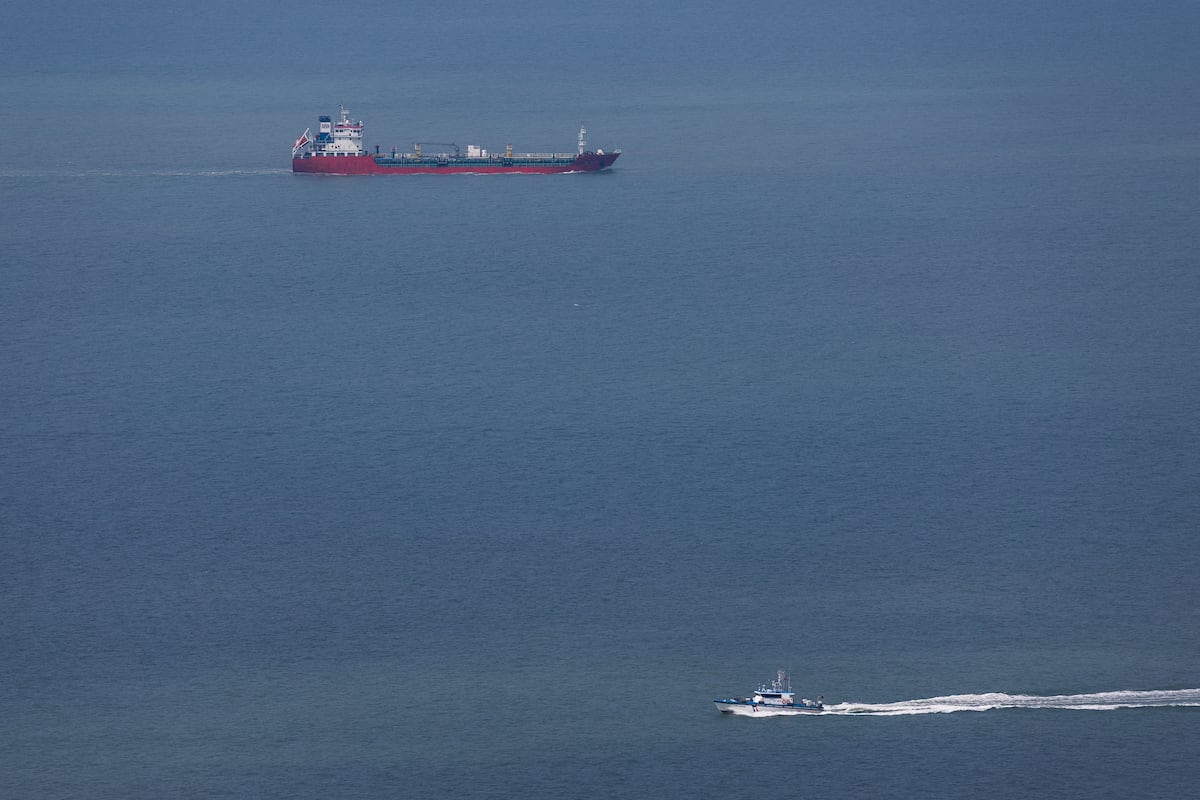Navigating Risks: Tech Innovations Safeguard Indo-Pacific Undersea Communication Lifelines

Taiwan's critical underwater communication infrastructure is facing unprecedented challenges in 2025, with a dramatic surge in seabed cable damages already documented this year. The island nation has experienced five separate cable disruption incidents so far, significantly outpacing the previous years' totals of just three cable damages in both 2023 and 2024 combined.
These underwater communication lifelines are essential for global internet connectivity, and the increasing frequency of damages raises serious concerns about potential technological vulnerabilities and regional communication stability. The sudden spike in cable incidents suggests a potential pattern of deliberate interference or escalating environmental challenges affecting submarine communication networks.
Telecommunications experts and government officials are closely monitoring the situation, investigating the root causes behind these repeated cable disruptions. The implications of such damages extend beyond local concerns, potentially impacting international data transmission and digital communication infrastructure across the Asia-Pacific region.
